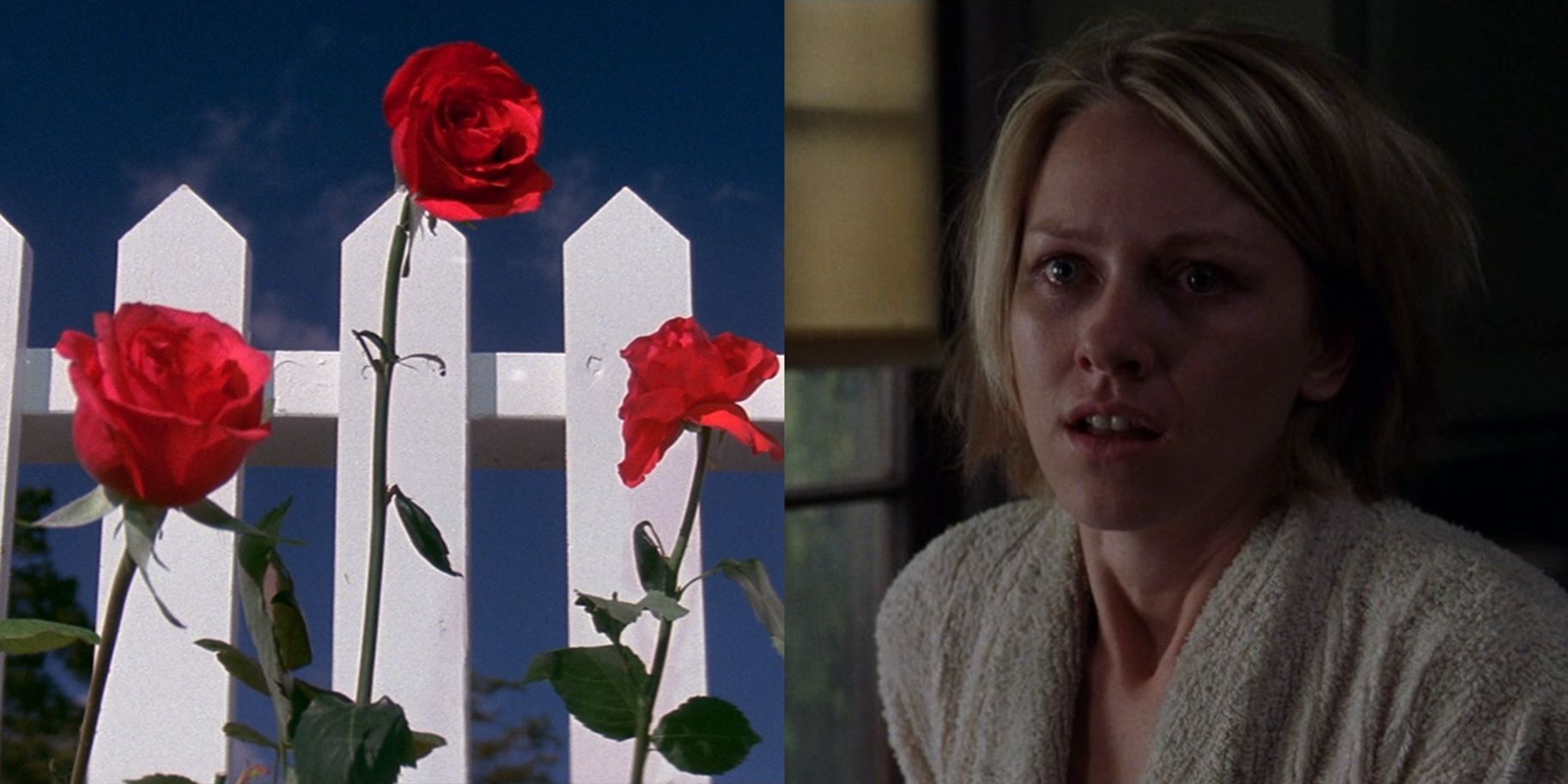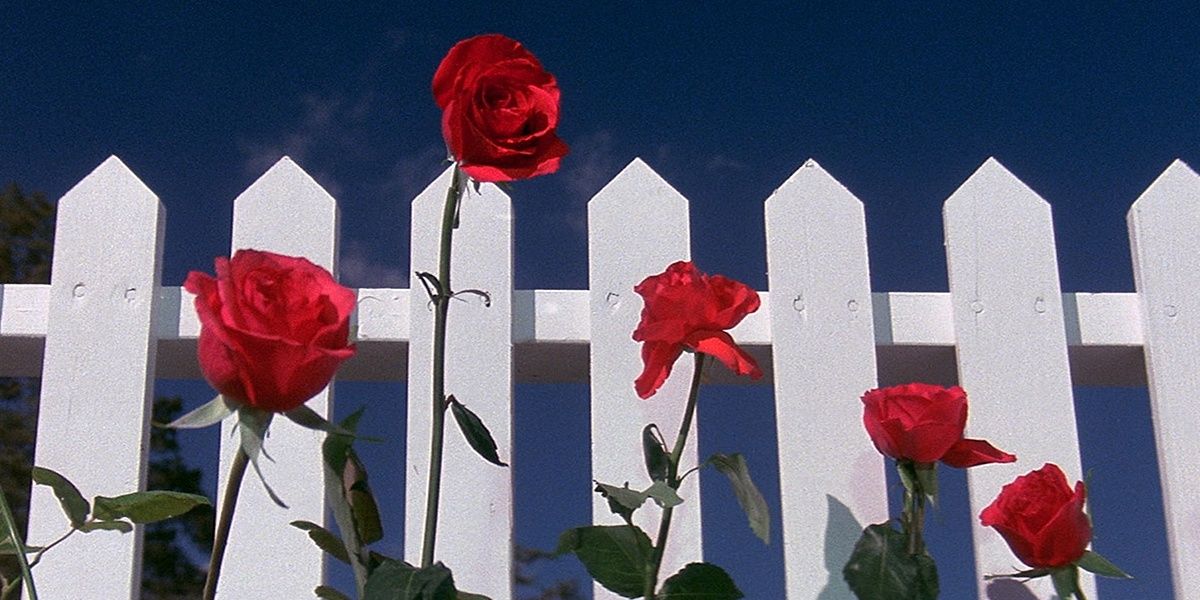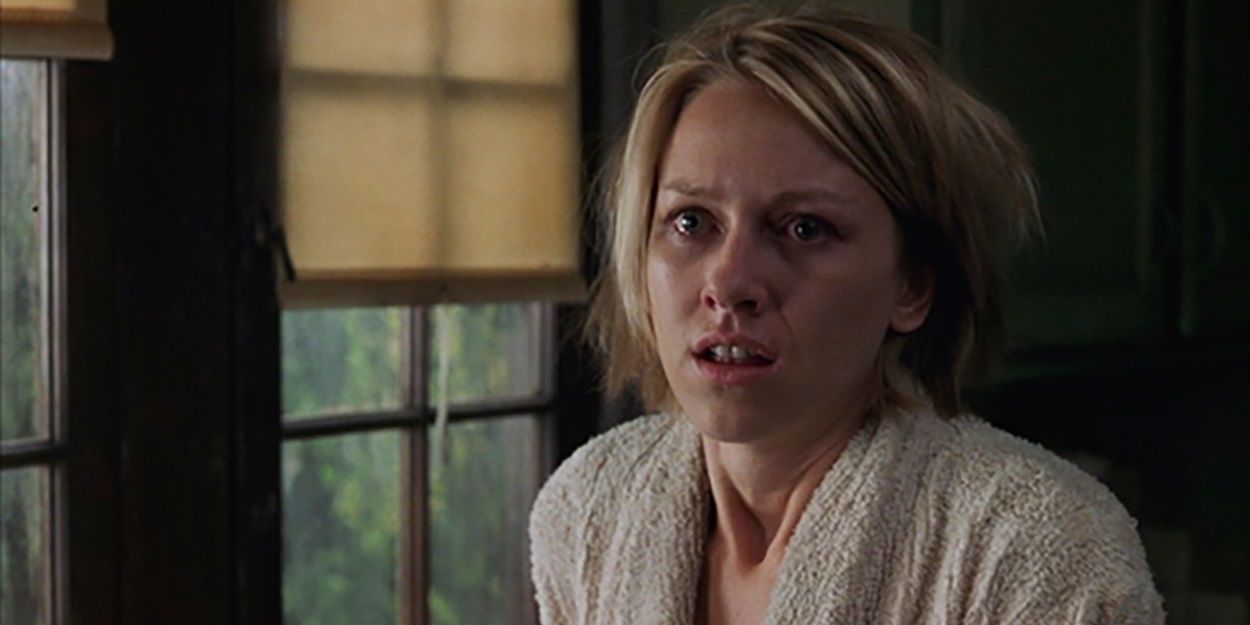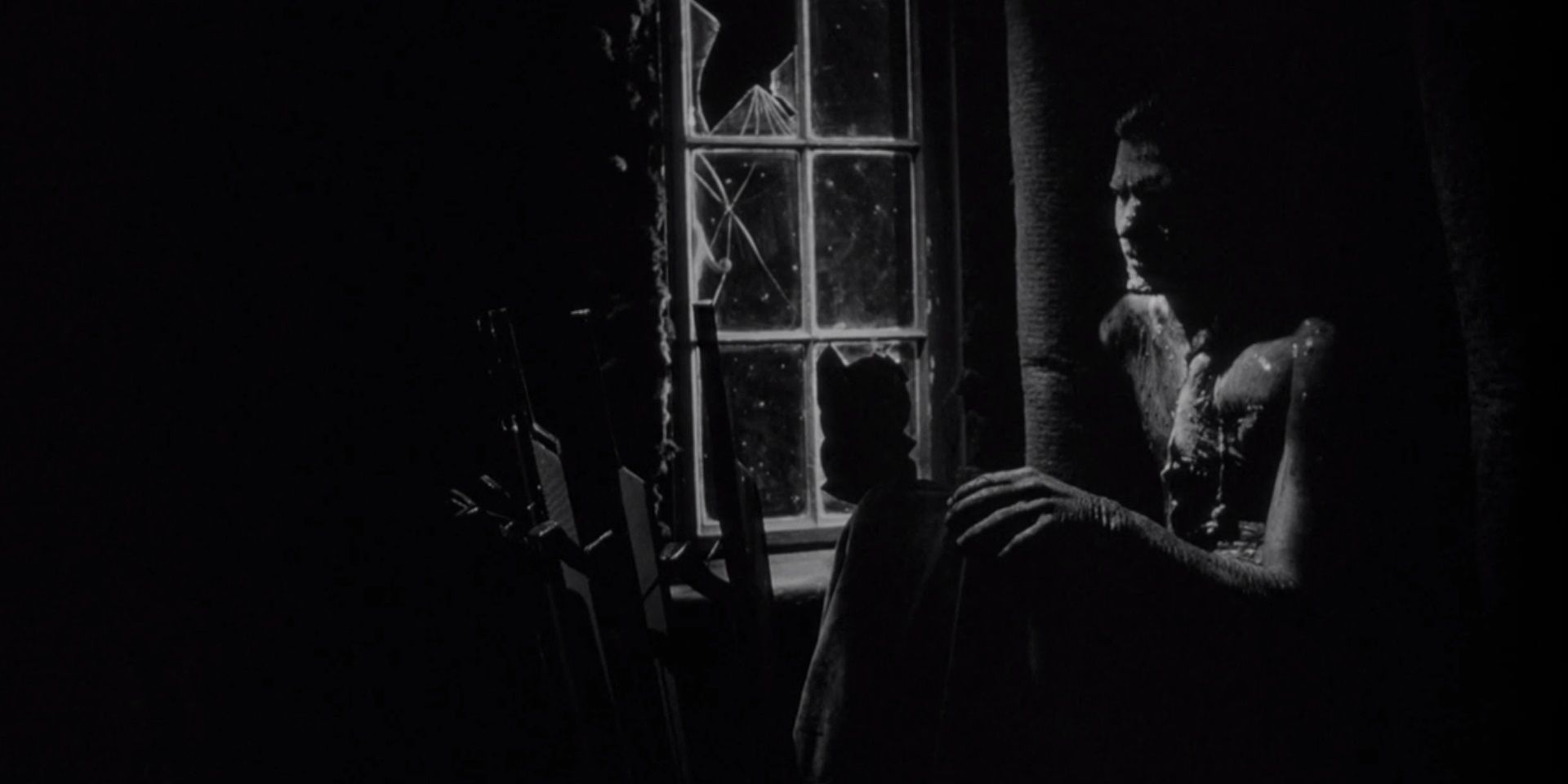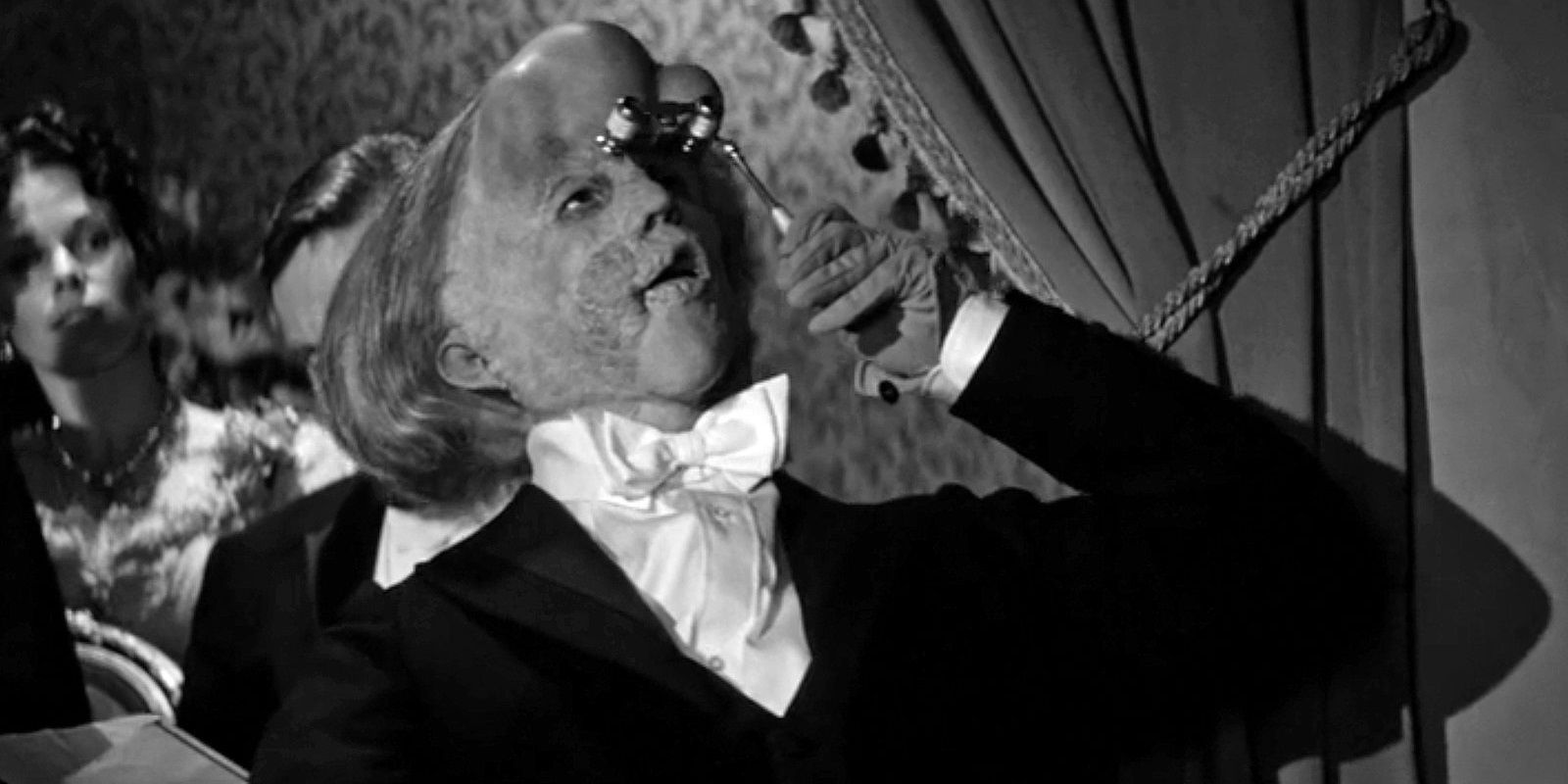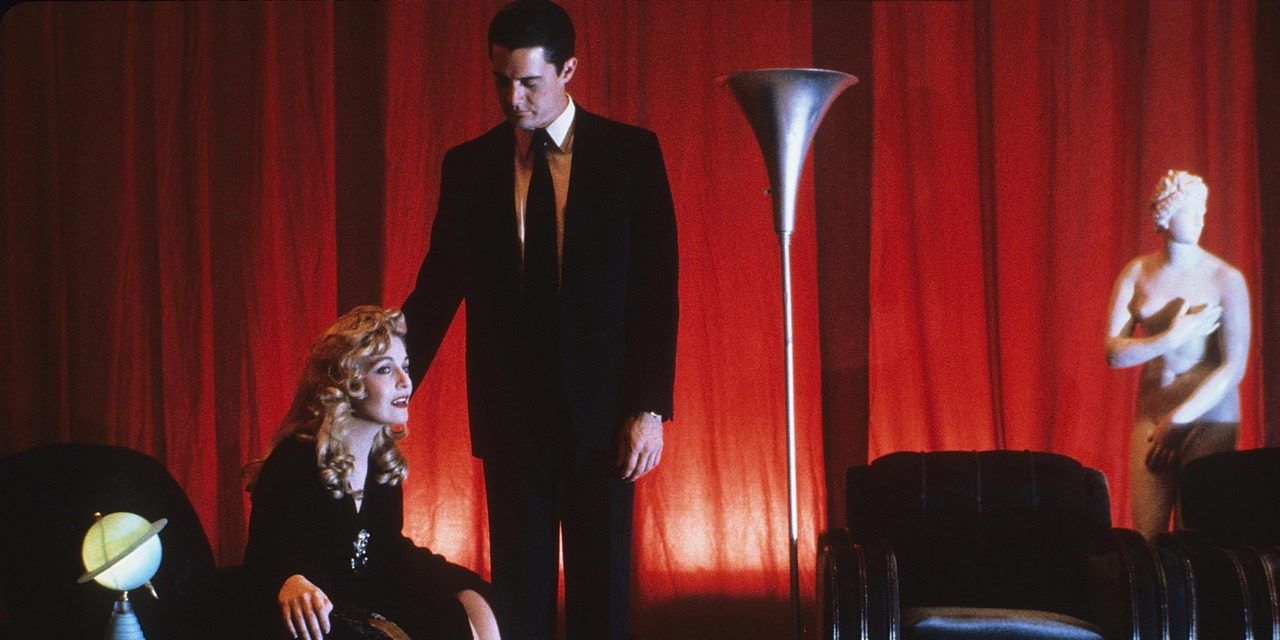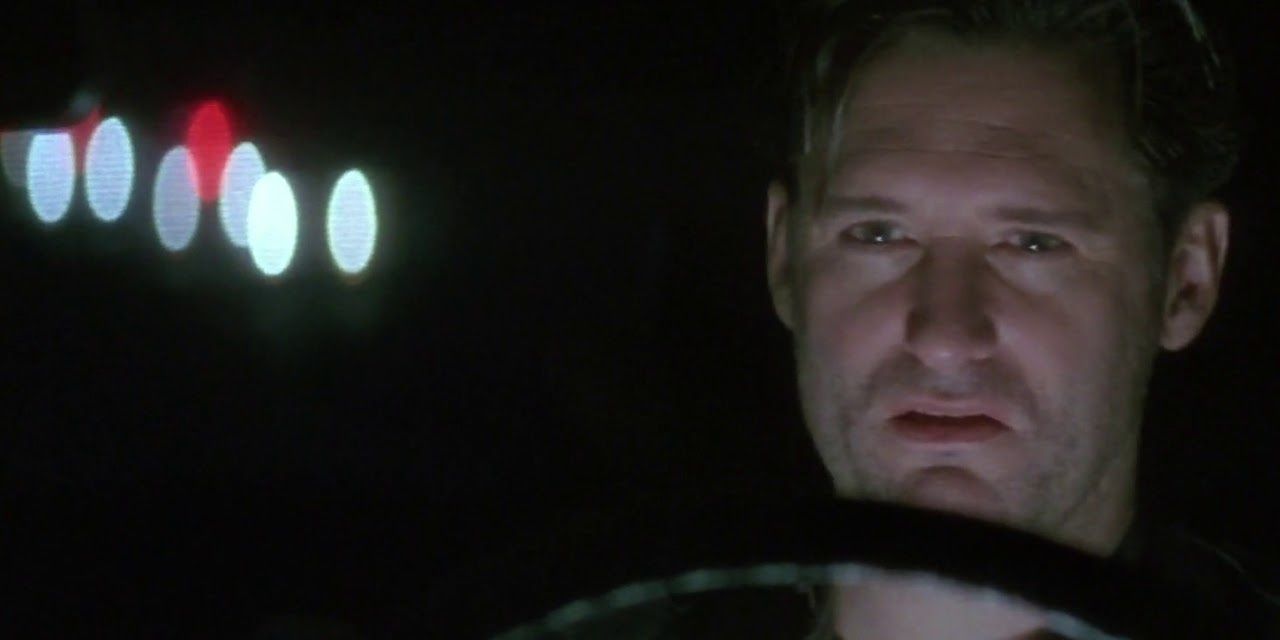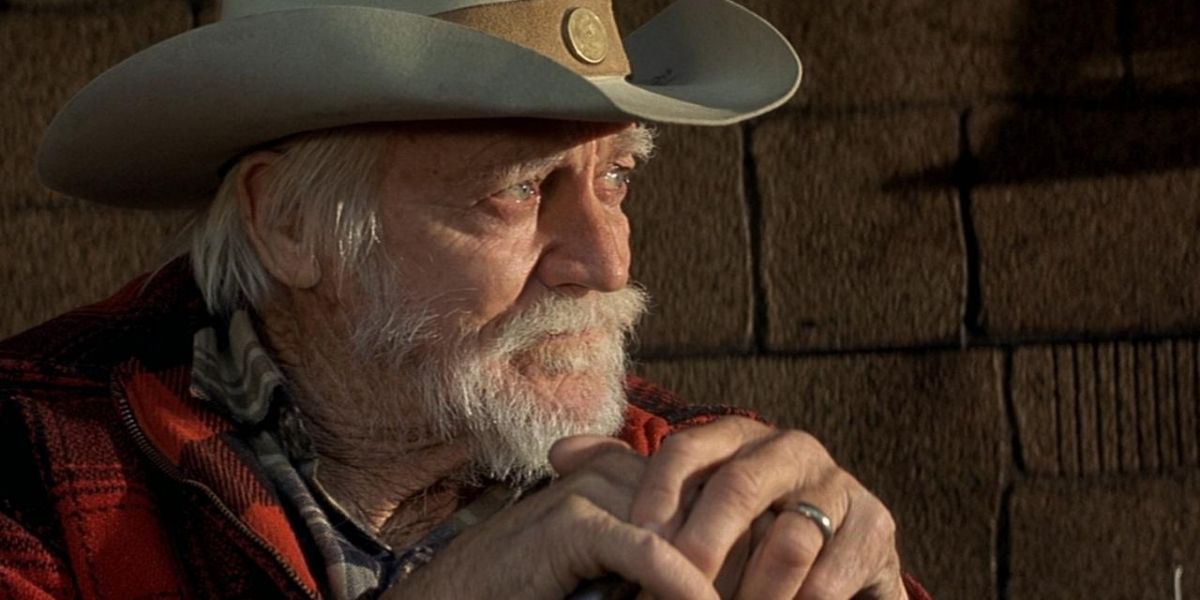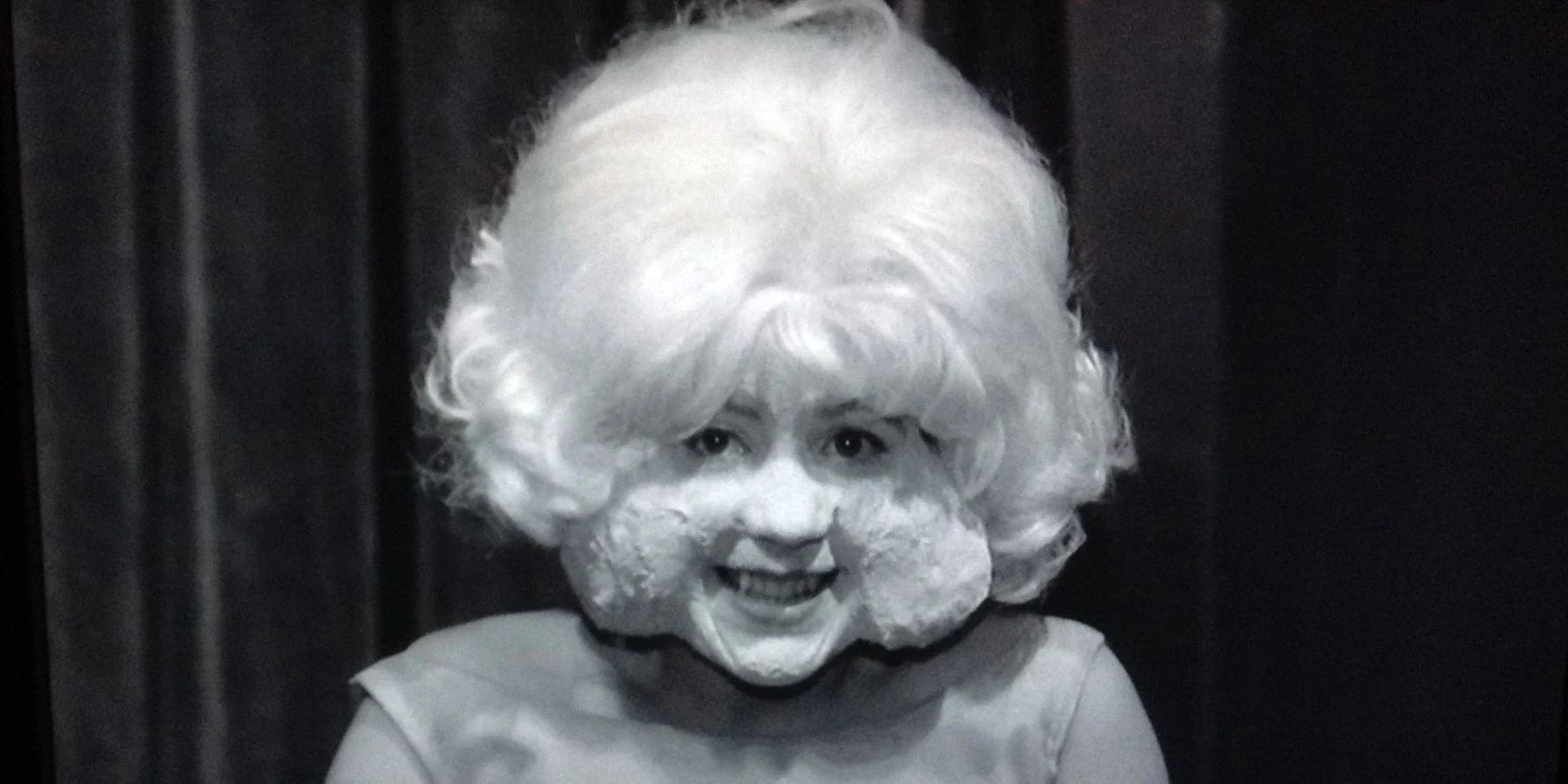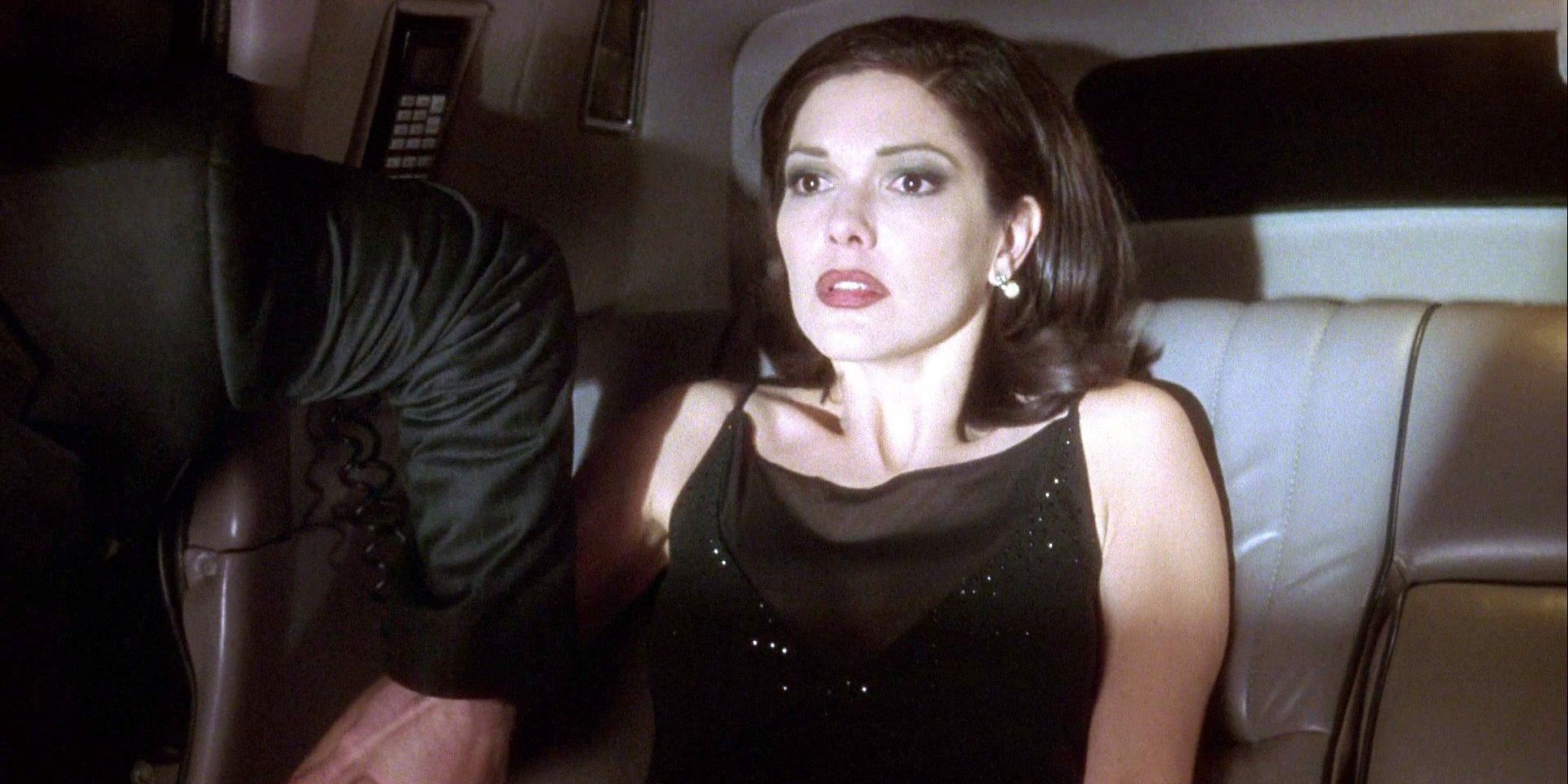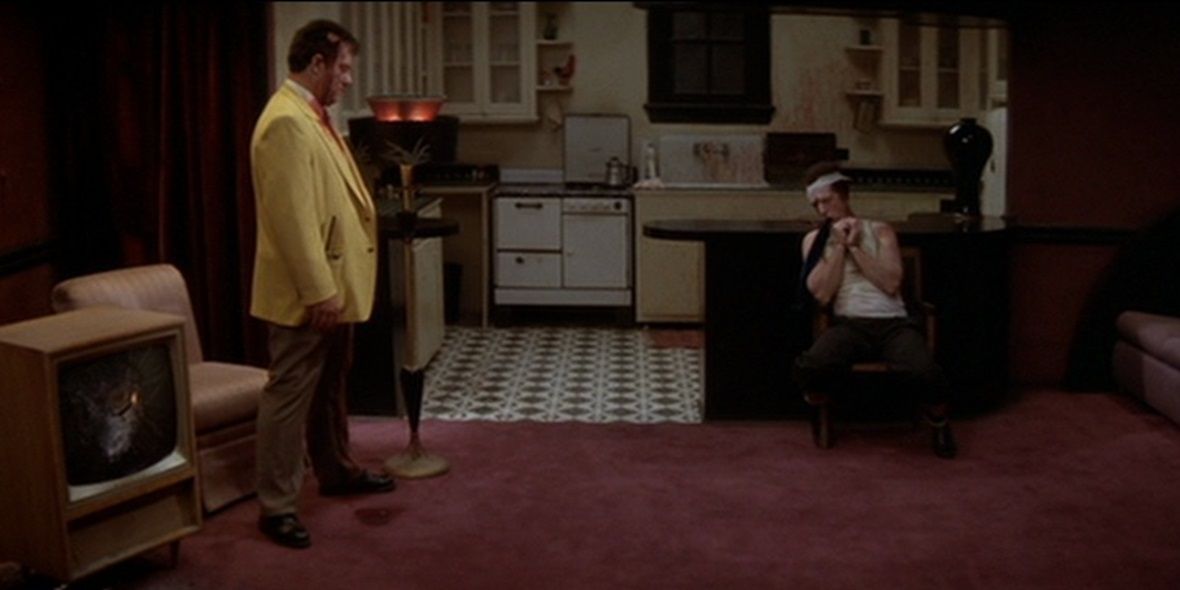Thanks to his distinctively unsettling style of filmmaking, David Lynch has become one of the most acclaimed directors in the world. His use of sound distortion and disturbing imagery to tell a story has made his movies entirely idiosyncratic.
Arguably the two most important scenes in a movie are the first one, which sets everything up, and the last one, which pays everything off. From the bug-infested suburbia that opens Blue Velvet to the Möbius strip structure of Lost Highway ending its story the same way it began, the opening scenes and endings on Lynch’s filmography are completely unique to him.
Opening Scene: Blue Velvet
The opening shots of Blue Velvet introduce audiences to a bright, colorful suburban neighborhood with nice-looking houses with well-maintained lawns and picket fences.
Then, the camera takes a peek underneath a pristine flowerbed to the festering hive of insects hiding in the dirt. This opening encapsulates the movie’s study of the seedy underbelly of American suburbia with a haunting beauty.
Ending: Mulholland Drive
There are a number of ways to interpret Mulholland Drive. It’s not entirely clear if Betty and Diane are the same person, or Diane is a version of Betty whose dreams of Hollywood glitz and glamor didn’t work out quite as perfectly.
One thing’s for sure: the final scene is disturbing. Diane is haunted by hallucinations until she’s driven to shoot herself dead in her bedroom. Then, a woman at the theater says, “Silencio.”
Opening Scene: Eraserhead
Lynch’s low-budget debut feature Eraserhead made for a fantastic calling card that established the director’s idiosyncratic filmmaking style beautifully.
The movie sets the stage for its surreal plot in the opening scene, with a character known as “The Man in the Planet” pulling levers in outer space and a giant sperm flying out of Henry Spencer’s floating, disembodied head.
Ending: The Elephant Man
Lynch’s second movie, The Elephant Man, tells the heartbreaking story of Joseph Merrick (renamed John Merrick for the purposes of the movie), a man with a facial deformity who was saved from a sadistic Victorian circus ringleader and monitored by a sympathetic physician.
After thanking the doctor for everything he’s done, Merrick lies down on his back to emulate a picture hanging on the wall and dies in his sleep. He’s consoled by a vision of his mother.
Opening Scene: Twin Peaks: Fire Walk With Me
It may not be as groundbreaking or thought-provoking as the TV series, but Lynch’s movie adaptation Twin Peaks: Fire Walk with Me was nevertheless an underrated gem.
The movie’s opening scene sets up a new mystery in a new sleepy American town: the murder of teen drifter and sex worker Teresa Banks in Deer Meadow, Washington.
Ending: Lost Highway
The final scene of Lost Highway brings the story full circle as Fred Madison visits his own house to tell himself through the intercom, “Dick Laurent is dead,” before fleeing from the cops.
The self-reflexive structure of Lost Highway has been compared to a Möbius strip. The movie ends where it began, but it was a heck of a ride to get there.
Opening Scene: The Straight Story
Lynch stepped outside his comfort zone to direct The Straight Story, a biopic of Alvin Straight, who drove a lawnmower across America to visit his sick brother.
The opening scene establishes Alvin Straight’s character instantly. When he doesn’t show up at his regular bar, his friends get worried and discover him lying on his kitchen floor. He’s reluctant to see a doctor and when his daughter takes him, he refuses to take the doctor’s advice.
Ending: Eraserhead
In the trippy final moments of Eraserhead, Henry Spencer’s gonzo journey of fatherhood comes to a head. The child suddenly grows to an unprecedentedly gargantuan size as the Man in the Planet’s machines start to malfunction.
White noise takes over the soundtrack as Henry is embraced by the Lady in the Radiator. Suffice to say, this movie leaves behind a lasting impression.
Opening Scene: Mulholland Drive
Lynch’s best opening scenes are the ones that drop the viewer right in the middle of the movie’s unusual world and spends the next few scenes catching the audience up on the meaning behind all the weirdness.
Before explaining some of Mulholland Drive’s mysteries (and leaving a lot of them ambiguous), the movie opens with a woman surviving a car crash and breaking into a nearby apartment in a daze.
Ending: Blue Velvet
The climactic scene in Blue Velvet is one of the most unnerving sequences in Lynch’s filmography. Jeffrey returns to Dorothy’s apartment and finds the Yellow Man standing in the middle of the room with a giant headwound. He hides and waits for Frank to arrive, then seizes the opportunity to kill him once and for all.
The movie has a surprisingly happy ending, with the final montage revealing that the police brought down Frank’s operation, Dorothy was reunited with her family, and Jeffrey began a promising relationship with Sandy.

